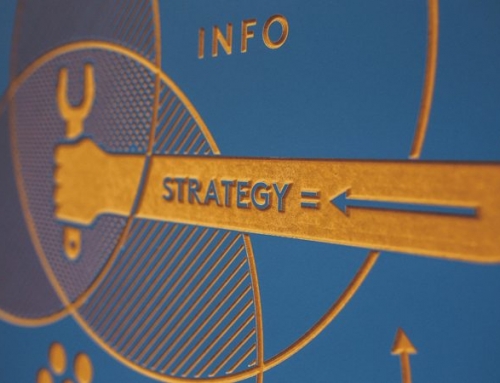There will always be certain principals that are universal when it comes to digital marketing but working with charities and non-profit organisations is very different to the private sector. Though it’s still important to drive engagement as much as possible, the content, language and approach you will need to employ will be very different to the strategy you might adopt if you were working on a commercial campaign. Here are some of Probella’s tips on how to use digital marketing in charity and non-profit organisations.
Be as transparent as possible
In the commercial world, it’s fair to say that retailers and manufacturers have a habit of bending the truth a little. Omitting certain pieces of information while emphasising and even embellishing others to present a product in the most positive light is common practice. In the charity and non-profit sectors, honesty is a powerful tool. Potential supporters are far more likely to hand over their money if they fully and understand what you are doing. Explaining exactly how their donations will be spent and how the organisation operates establishes a sense of trust and identifies you as somebody who is trying to help improve the lives of others, as opposed to somebody who is simply trying to make a profit. Demonstrating what a charity does through candid videos, personal blog posts and case studies that reveal how the work you do impacts on your chosen area are all great strategies to use.
Appeal to human emotions
There’s a fine line between overly sentimental and genuinely heartfelt, but charity donations are usually made by people who have been moved by something. Homelessness, animal cruelty and food poverty are just three examples that many people feel passionate about. Using language and production values that encourage people to think outside of the constraints of the commercial world mean that charity-based advertising campaigns stand out from those driven by profit alone. Emotive language, raw, brutal honesty and a focus on the cause you are supporting will all help to establish a tone that appeals to the instinctual, human emotions that drive most people. A word of warning, though. Once you move in to “guilt trip” territory, you may risk losing a portion of your potential audience. Be as genuine as you can, present facts and try to appeal to people without going overboard. Unfortunately, compassion fatigue is a real concept and it can spell disaster for charity campaigns that take the emotional intensity a little too far.
Capitalise on Google and Facebook’s Love of Charity
Though they are often criticised for some of their practices, internet giants do support charity in a pretty significant way. It’s easier than ever to use both of these platforms to boost your campaign. Google now have a dedicated “Ad’s Grant Program” aimed at non-profit organisations, which means it’s possible to promote your cause for free, providing you meet all of their criteria. Pay per click is usually expensive but this method allows you to achieve the same kind of reach as some of the wealthiest commercial companies around. Facebook have a similarly charity focused mindset and you can apply for a “donate” button for your business page quickly and simply. In both cases, your application will be reviewed by a team of real people to check that you are legitimate, but providing you meet their criteria, this can be a real shot in the arm for charities with limited advertising funds.
Embrace Email Marketing
Charity emails often perform quite well when compared to commercially driven campaigns. The human interest or compassionate angle means that subject lines are usually emotionally engaging, rather than looking like an offer of goods or services. Call to actions need to be clear but also phrased in a way that appeals to your audience’s sense of compassion, rather than their sense of wanting to own a new product. Engaging written content is absolutely critical here, as crisis situations, emergencies or other causes that people may want to support can be complex and difficult to understand. Ensure your email copy is easy to read but also detailed enough to engage your audience. Facts, statistics and figures can be a powerful tool, as can real life quotes, videos and carefully chosen imagery. As we mentioned earlier, though, always make sure you’re on the right side of sentimentality, otherwise you stand to alienate people.
Offline Marketing and Events to Support Your Campaign
Digital Marketing is undoubtedly a powerful tool, but in the charity and non-profit sectors, networking events, talks and expos can all give online campaigns a much-needed boost. Organising events where potential donators can meet each other in person means you can create a more personal experience. Talks and presentations are often effective ways of adding detail to the information you’ve released online. Speaking passionately and honestly about the reasons you started the charity and what you hope to achieve is generally a good approach as it allows people to connect with you on a level that is impossible to achieve through digital communication.
Partnerships and Sponsors
As our earlier point about Google and Facebook suggests, larger companies are often interested in supporting charity. Though it can be for nepotistic reasons in some cases, most have very good intentions. Using a well know, reputable brand as a sponsor can increase the amount of reach your campaign has very significantly. You can also use some of their contributions towards marketing campaigns and online content, too. Just make sure the people who approach you are ethical and not at odds with the values your charity or non-profit organisation promotes as this will do more harm than good. If in doubt, carry out some research to make sure there are no serious conflicts of interests or potentially awkward situations that could arise as a result of partnering up.






